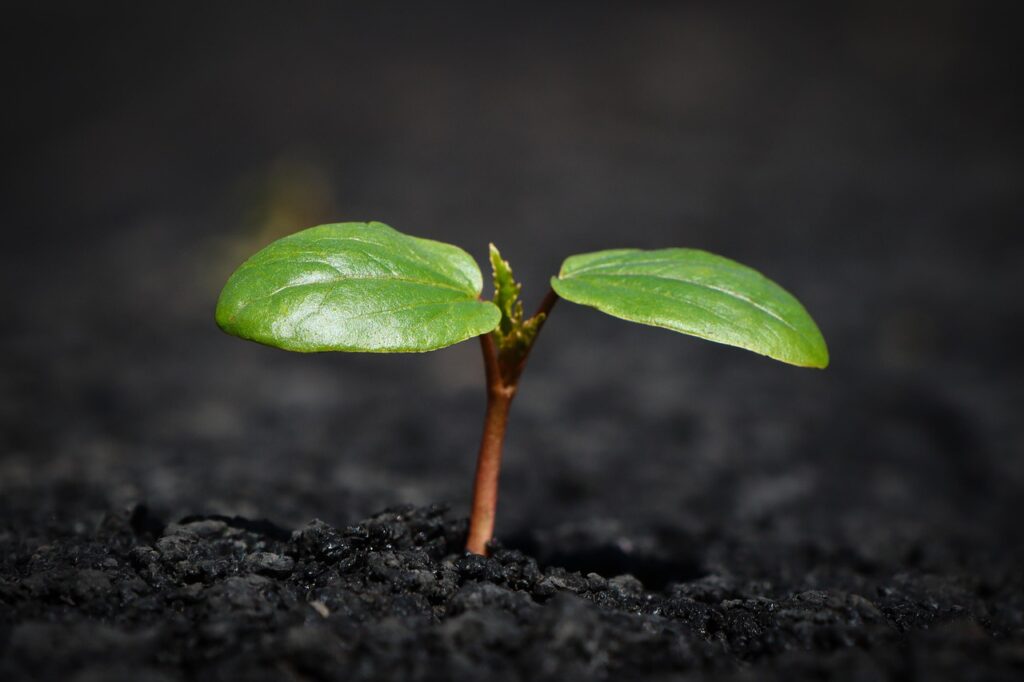It’s ideal to prevent pollution from happening in the first place. However, as we move towards a post-carbon future, using biological solutions can guide us in the right direction.

Bioremediation is an intriguing field to dive into if you’re passionate about ecology, ecosystems, and restoring nature. It involves using plants, bacteria, or fungi to clean up polluted air, soil, or water. There are numerous natural processes we can harness to tackle the environmental mess we’ve created.
It’s no secret that human progress often harms the environment. Many landscapes and ecosystems have suffered significant damage due to human activities, including pollution from industries and inadequate waste management. The silver lining is that bioremediation methods can help eliminate or lessen pollutants and rehabilitate ecosystems that have been harmed.
Here are some examples of bioremediation that showcase the potential of these techniques.
One fascinating area to explore is biological carbon capture. A great example of this is the Algoland project, which demonstrates how we can utilize photosynthesis to capture carbon on an industrial scale.
Microalgae are being recognized as promising biofactories for absorbing CO2 while also producing renewable biofuels, food, animal feed, aquaculture products, and other valuable items like cosmetics, nutraceuticals, pharmaceuticals, and bio-fertilizers. For instance, at the Drax power station in the UK, they are investigating ways to convert CO2 into fish food. Additionally, seaweed is being researched for its ability to sequester carbon in biorefineries.
Bioremediation also employs microorganisms to tackle other types of air pollution. Nowadays, many factories are opting for biofiltration instead of chemical scrubbing to eliminate volatile organic compounds from their emissions. Microorganisms in a replaceable culture medium break down contaminants into harmless substances like carbon dioxide, water, or salts. This is currently the only biological method available for cleaning up airborne pollutants.
Moreover, various enzymatic processes can be integrated into industrial operations to minimize harmful pollutants within factory systems. Some enzymes have even been found that could help address other waste issues, such as a plastic-eating enzyme.
Cleaning water
Microorganisms are increasingly being utilized for bioremediation to clean up polluted water in bioreactors. Additionally, in-situ bioremediation techniques involving bacteria and fungi can effectively decontaminate soil and groundwater. Researchers are also exploring the roles of microfauna, such as nematodes and protozoa, for their ecological benefits and potential in cleaning up contaminated soils. Water purification can also be achieved through reed bed filtration systems and constructed wetlands. Features like vegetated swales and other landscape management practices can capture runoff from hard surfaces, such as roads, helping to protect nearby ecosystems from contamination. The use of plants in this cleanup process is referred to as phytoremediation
Cleaning soil
Some types of mushrooms can play a key role in restoring ecosystems and cleaning up contaminated environments. This process, known as mycoremediation, highlights how mushrooms can help break down waste through biodegradation, biosorption, and bioconversion.
Additionally, hyperaccumulator plants can be cultivated in polluted areas (a method called phytoremediation) to draw out heavy metals and other harmful substances from the soil. By leveraging the unique ability of certain plants to absorb toxins, we can rehabilitate polluted landscapes.
Nature truly is remarkable. It often provides the answers we need to mend the harm caused by human activity. While there’s still much to tackle, it’s evident that biological methods offer a glimmer of hope for cleaning up our environmental mess.
However, it’s crucial to focus on preventing damage to natural habitats in the first place. We must remain vigilant in our efforts to cut down emissions and pollution. As we move towards a post-carbon world, these biological solutions can definitely guide us in the right direction.
